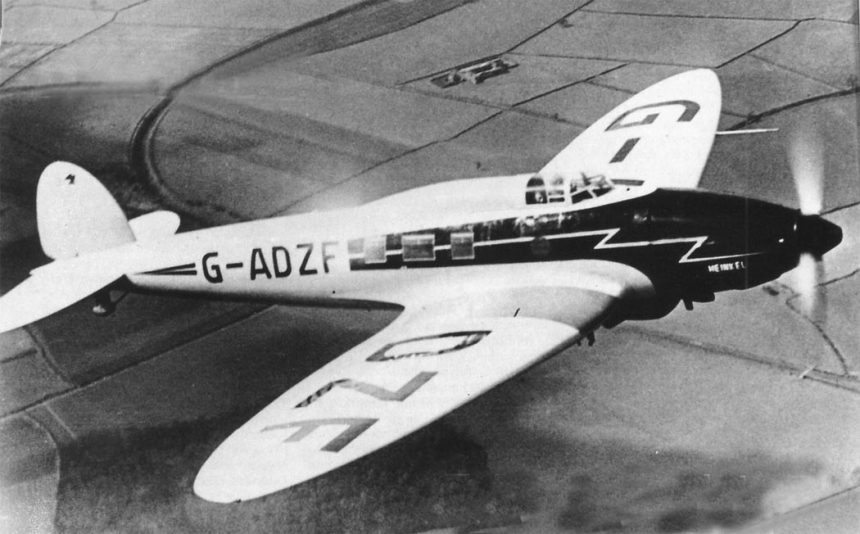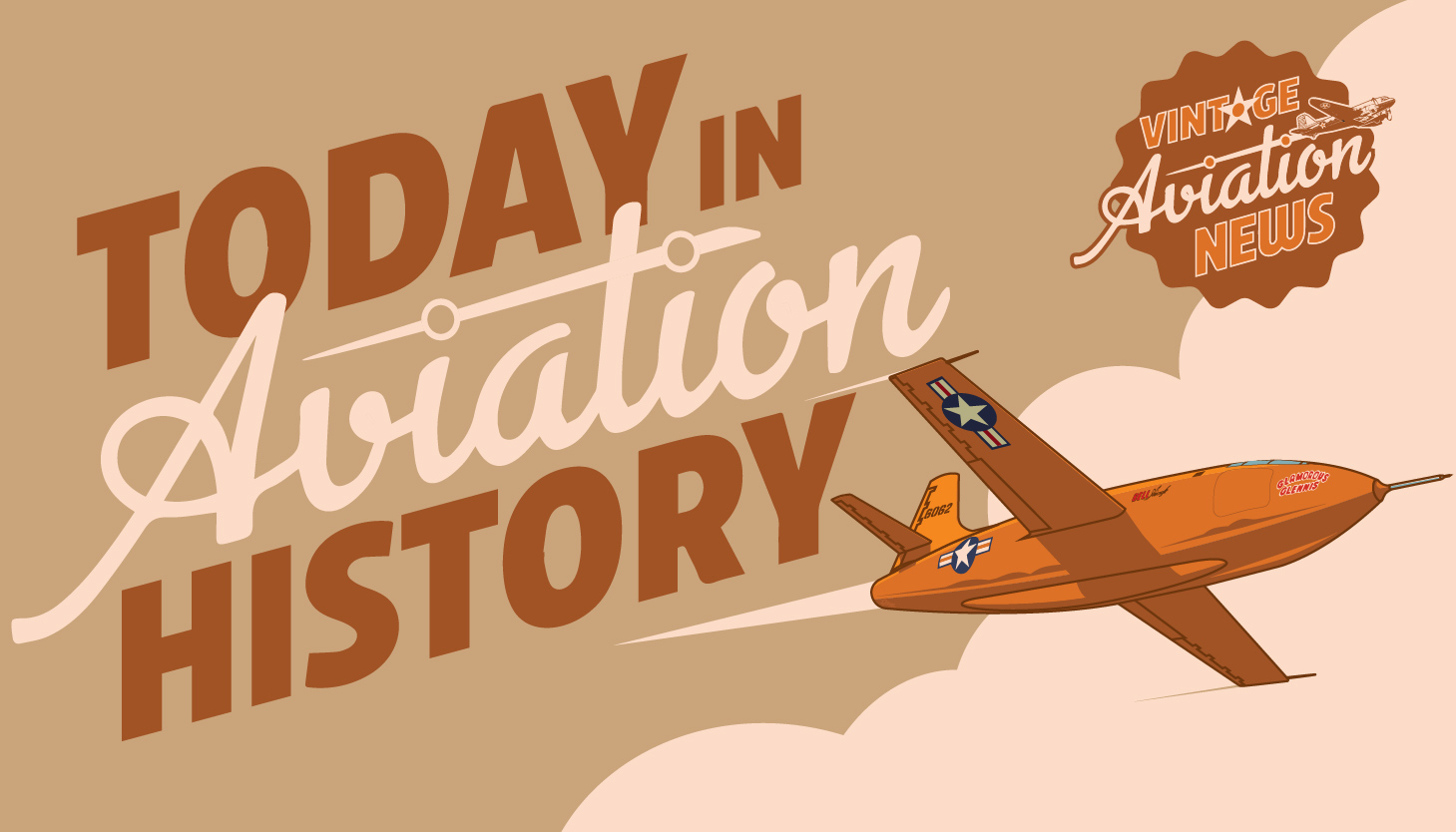
On this day, December 1, 1932, a new German monoplane made its maiden flight, the Heinkel He 70. Nicknamed the Blitz (lightning), it was built as a new mailplane for the German carrier Deutsche Luft Hansa, but while its mail-carrying service would be brief, the He 70 would have an outsized impact on aviation technology leading into WWII.
The story of the Heinkel He 70 began in 1931 when the German national carrier Deutsche Luft Hansa (the prewar forerunner to the modern Lufthansa) issued a demand for a high-speed mail-carrying plane to outperform the American-built Lockheed Model 9 Orion, then in service with Swissair. By this time, mailplanes were not only used for carrying the mail faster than the trains, but had capacity for a small number of passengers, with the Orion having a capacity of six passengers and a single pilot. Luft Hansa originally sought an aircraft that could fly at 250 kph (155 mph) before changing their requirements to 320 kph (198 mph). The winning entry was offered by Ernst Heinkel, founder of the Heinkel Aircraft Works, whose chief designers were two brothers (Siegfried and Walter Günter), who originally designed a radial engined, fixed landing gear design called the He 65 before scrapping the proposal in favor of the aircraft that would become the He 70.
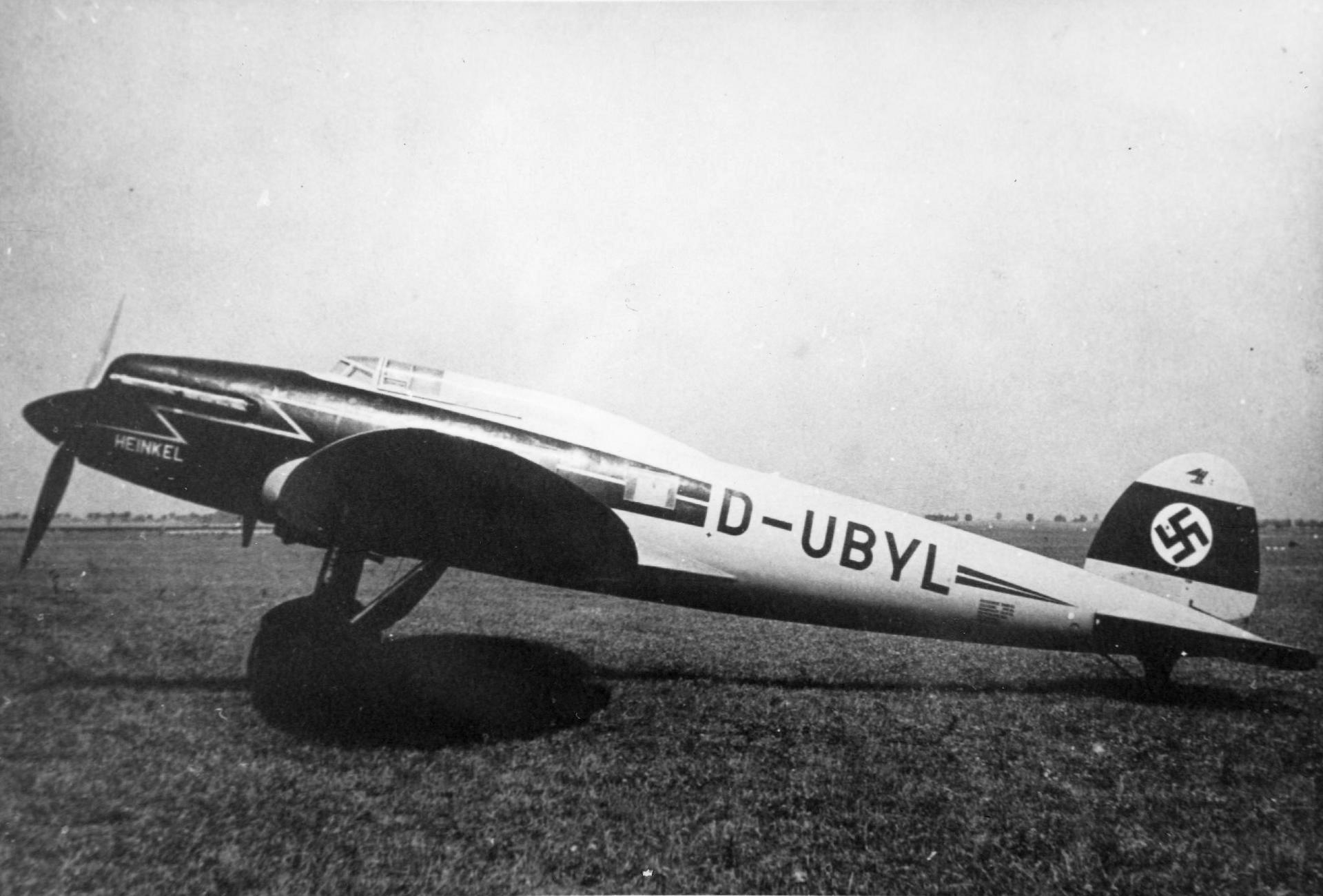
The He 70 as designed by the Günter Brothers was an aircraft that was not only fast but aerodynamically efficient. It featured a low, cantilever elliptical wing with a dihedral and a twin spar design for its internal structure. The fuselage would have accommodations for a pilot and radio operator to sit in a tandem configuration with a passenger compartment for four occupants, with two facing leftwards and two rightwards. The aircraft was fitted with a BMW VI, a water-cooled V12 engine that produced 750hp. To compensate for the length of the engine in front of the cockpit, the cockpit was slightly offset to the left side of the fuselage to improve ground handling visibility (though later models would realign the cockpit back to the center). But the most pioneering aspect of the Heinkel He 70 was the use of a retractable undercarriage. While it was far from the first aircraft to have this feature (indeed, the Lockheed Orion came with this design feature), it was the first aircraft in the German commercial aviation industry to have this feature that would later become essential in the design of later military aircraft.
The first prototype, Werknummer 403, civil registration D-3, was first flown on December 1, 1932, at Travemünde, and though the landing gear was kept down for the duration of the flight, its speed was evident. During subsequent test flights, the He 70a V1 reached speeds of 377 kph (234 mph), already faster than many frontline fighters of the time. The aircraft, along with the second prototype, the He 70b, set no less than eight international records for speed over distance. It was its speed that earned the plane its nickname Blitz.
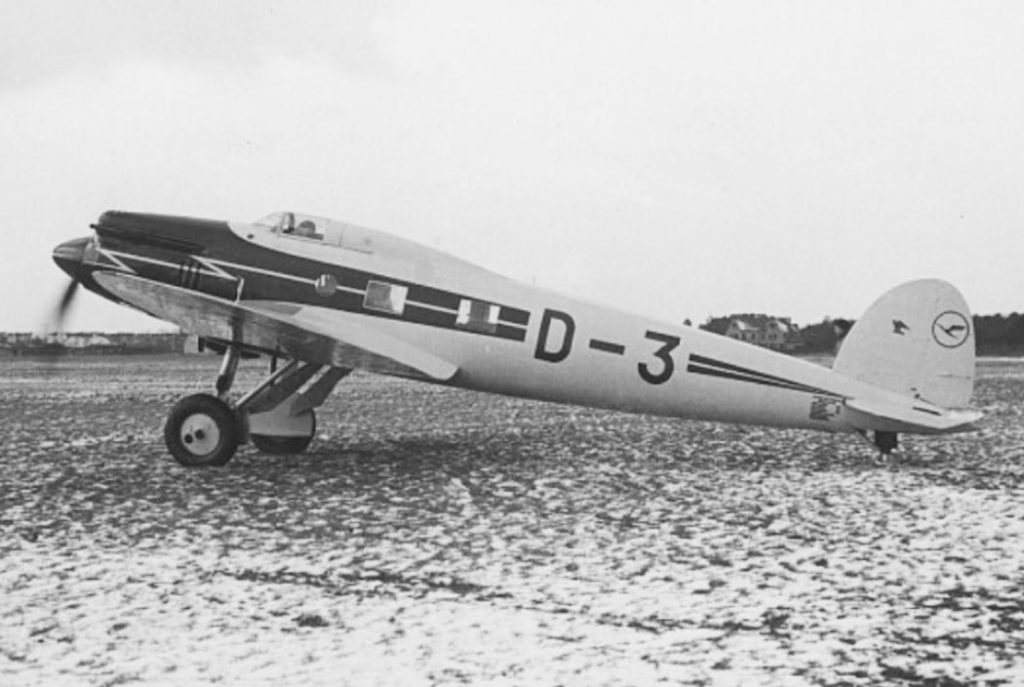
With its speed being evident, the second He 70 prototype, given the name Sperber (Sparrowhawk) was exhibited with great interest at the November 1934 Paris Air Show, and already that year, Deutsche Luft Hansa had taken delivery of the first two prototypes, and later 13 aircraft of the D and G variants. Many of the aircraft were given individual names on their cowlings, and offered fast connections between Berlin, Hamburg, Frankfurt, and Cologne. The He 70s also provided international service from Stuttgart to Seville, Spain in order to collect mail from Luft Hansa’s subsidiaries in South America. In 1937, though, all remaining He 70s in Luft Hansa service were handed over to the new Luftwaffe.
On February 26, 1935, in open defiance of the Treaty of Versailles, the new German air force, the Luftwaffe, was made public, and the Luftwaffe was very interested in the Heinkel He 70. But even in secret, there was consideration at Heinkel that the He 70 could be designed with the ulterior motive of becoming a fast light bomber or reconnaissance and courier aircraft. The military variants were fitted with upgraded BMV VIs and built with a capacity for three occupants (pilot, radio operator, and rear gunner) and with a capacity to carry an internal load of six 110 lb bombs or twenty-four 22 lb bombs. However, Luftwaffe pilots were not impressed that it had only one 7.92mm MG 15 machine gun in the rear and that it lacked armored plating.
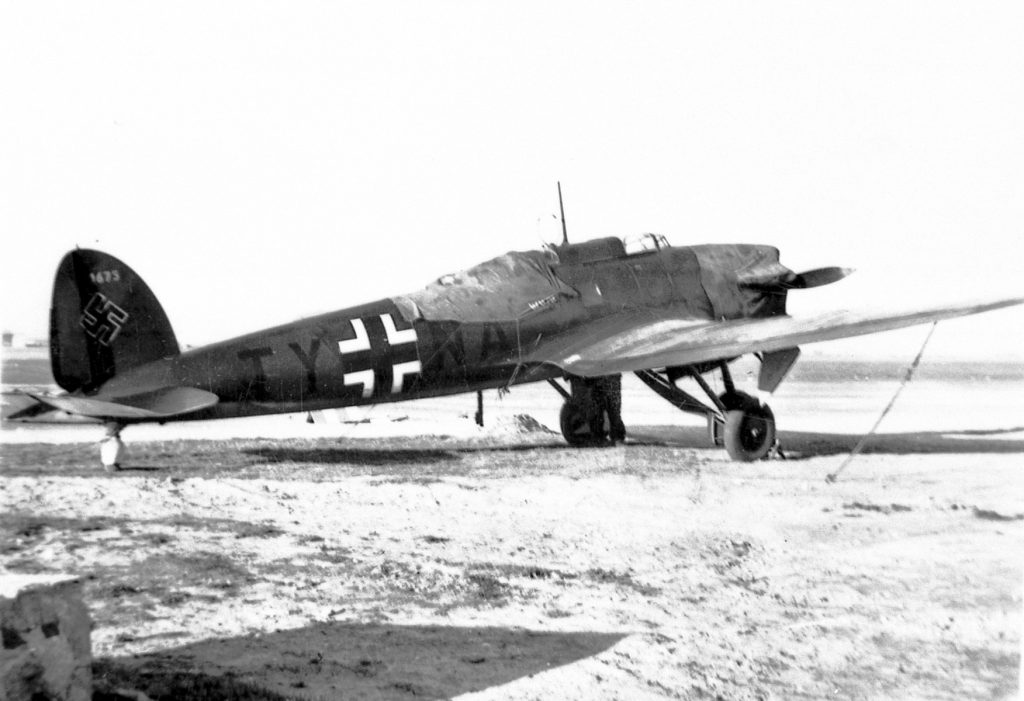
However, the loss of one He 70 had a profound effect on the trajectory of the Luftwaffe. On June 3, 1936, Walther Wever, Chief of Staff of the Luftwaffe, was at the controls of an He-70F-2 taking off from Dresden Airport when it overturned and smashed into the ground, killing him and an accompanying flight engineer. The cause turned out to be a gust lock that in Wever’s haste to leave for Berlin, he and his engineer had overlooked, robbing themselves of lateral control of the aircraft. With Wever being an advocate for long-range strategic bombers while many of his colleagues favored dive bombers and medium bombers that could better provide local air support, his death meant that Germany would not pursue developing strategic bombers until it was too late for them to make a difference.
Interestingly, a single He-70G was sold to Rolls Royce and the British Air Ministry, where it was used as a flying testbed for the Kestrel V12 engine with the British registration G-ADZF, with some of this data being used in the development of future Rolls-Royce products. However, in exchange for this He-70 going British, Rolls-Royce shipped four Kestrel engines to Germany, and due to delays in the Junkers Jumo 210 inverted V12 engine, these Kestrels were used to power the prototypes of some of Germany’s future frontline aircraft, such as the Junkers Ju 87 and the Messerschmitt Bf 109.
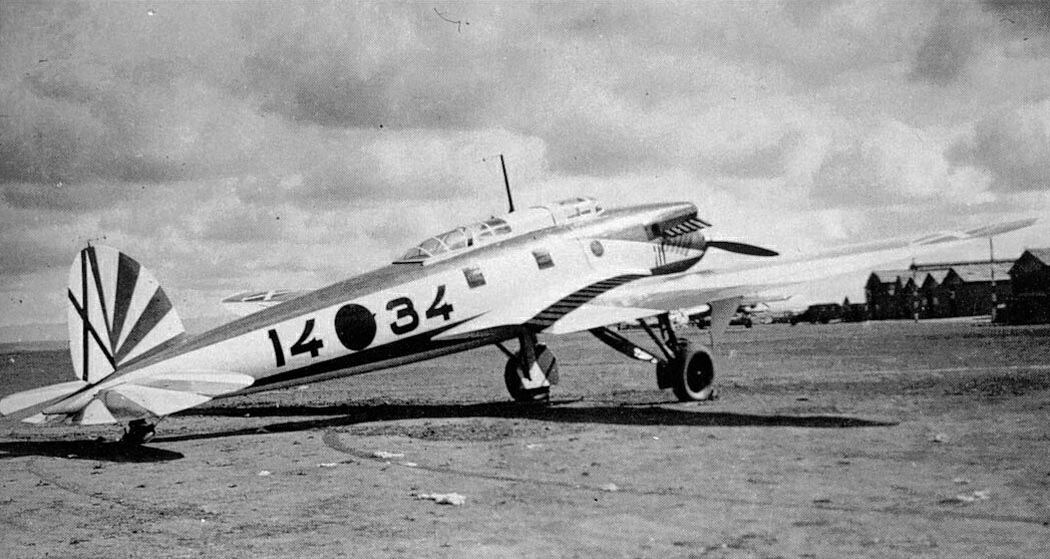
Like many German aircraft, the Heinkel He 70 would see its combat debut during the Spanish Civil War, with 28 in total joining the Condor Legion to serve in Aufklärungsgruppe 88 (Reconnaissance Squadron 88). In Spain, these aircraft wore Nationalist colors and were named ‘Rayo’ (Spanish for lightning), and while they mostly stuck to reconnaissance, some low-level bombing raids were carried out against Spanish Republican targets. When the war ended in April 1939 in a Nationalist victory, the remaining aircraft were transferred to the Spanish Air Force, where they could outlast the Second World War, and the last examples were decommissioned in 1952.
By the time Germany began WWII by invading Poland in September 1939, the He 70 was no longer a frontline bomber or reconnaissance aircraft, with aircraft such as the Heinkel He 111, Dornier Do 17, and Junkers Ju 88 fulfilling these roles. The remaining He 70s were relegated to liaison and training aircraft in the Luftwaffe. However, a new version of the aircraft would see service with another combatant of the Second World War, Hungary.
As the He 70 was serving the Luftwaffe, an order for the type was made by the Royal Hungarian Air Force. Initially designated as the He 70K, it entered service as the He-170. The 18 airframes were built in Germany and delivered to Hungary, while the engine was changed to the Manfréd Weiss WM K-14, a Hungarian development of the Gnome-Rhône Mistral Major 14-cylinder twin row radial engine. They were in service with the Royal Hungarian Air Force from 1937 to 1942 but were withdrawn from frontline service with the induction of new reconnaissance aircraft. These were used in reconnaissance missions over Yugoslavia and later the Soviet Union in 1941, but the Hungarian crews were just as disappointed with the aircraft’s inadequate defensive armament and the incorporation of a magnesium alloy called Elektron, which could make an onboard fire uncontrollable. By 1942, the last of the He 70K/He 170s were phased out of frontline operations with the RHAF in favor of the outmoded Heinkel He 46 parasol monoplanes until the Focke Wulf Fw 189 Uhu (Eagle Owl) was made available to the RHAF.
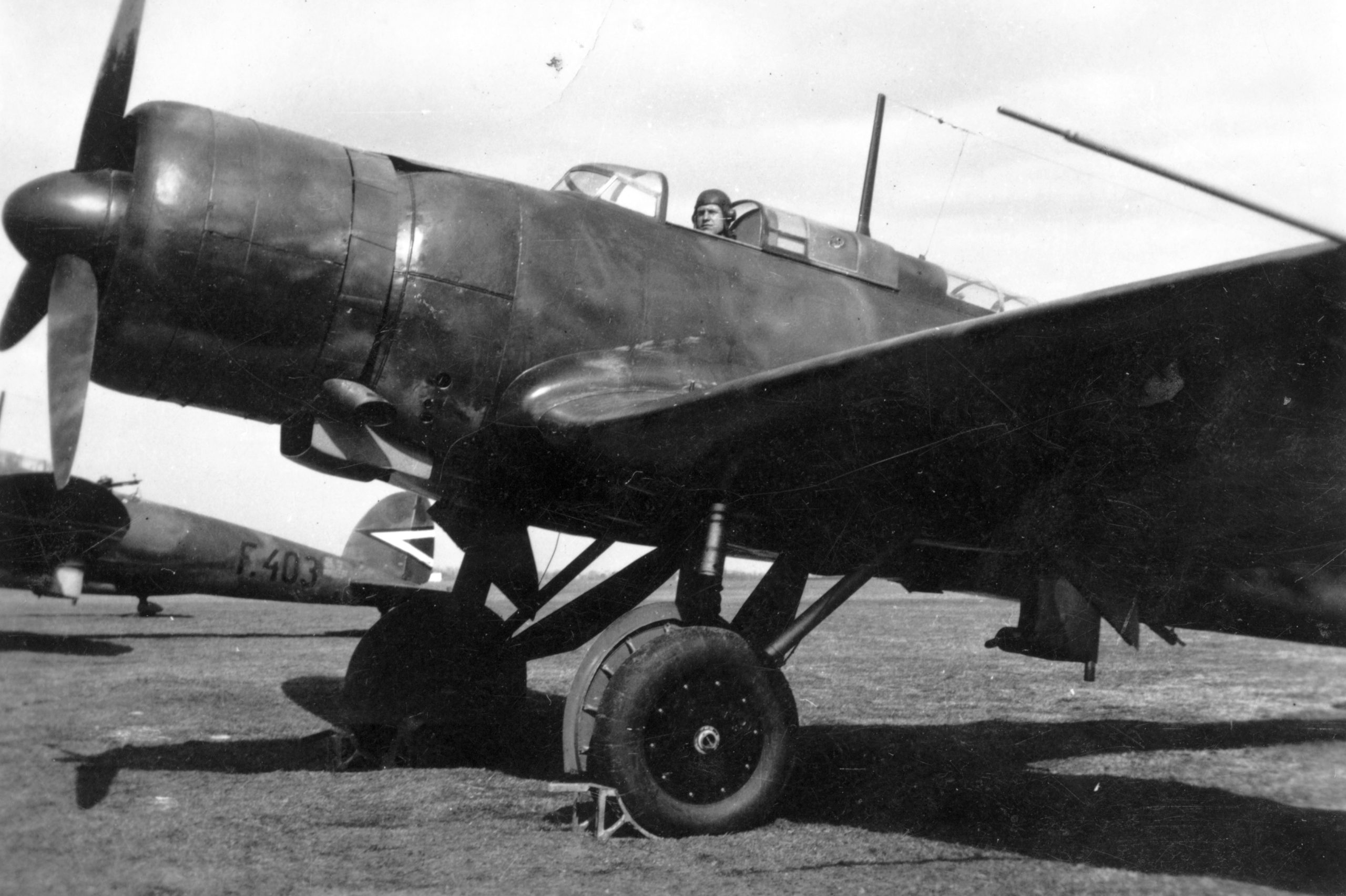
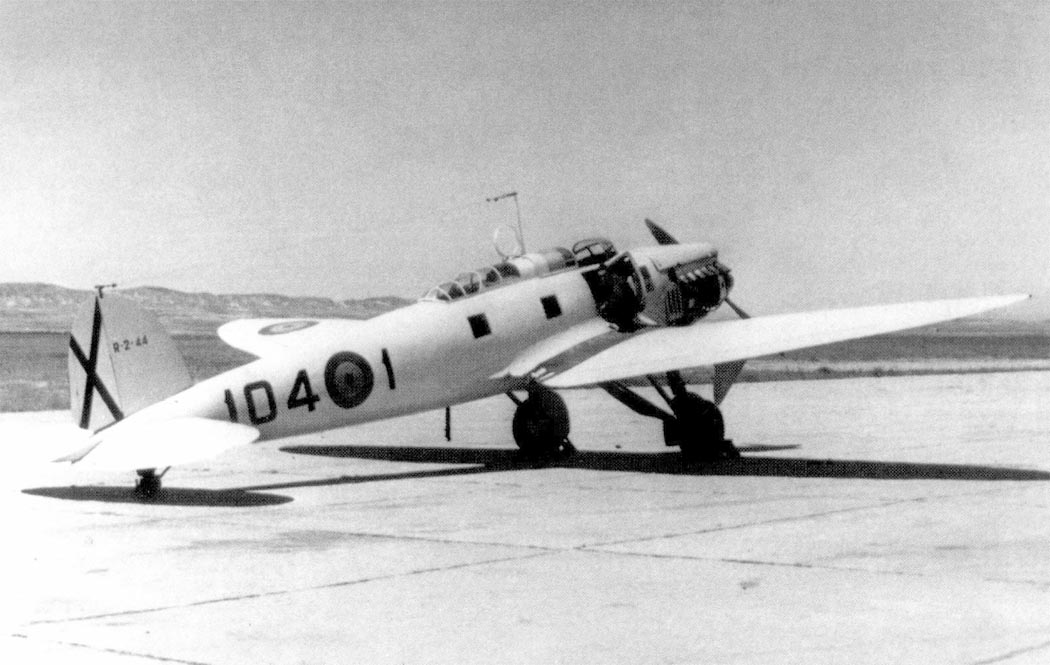
A final development of the Heinkel He 70 would see the creation of the He 270, which swapped out the old BMW VI engine for a Daimler-Benz DB-601. Like the He 70 and He 170 that came before it, though, the He 270 still only featured a single defensive MG 15 in the rear, and with more capable designs that featured greater defensive armament being introduced, the He 270 was never adopted for production, and only one prototype was made. The He 70 would also have an influence on Japanese aviation, as one example was shipped from Germany to Japan. There, the Aichi Aircraft Company evaluated the design, and lessons learned from the aircraft were applied to the Aichi D3A carrier-based dive bomber.
Today there are no surviving examples of the Heinkel He 70 family, but its influence has echoed in the designs of other aircraft, with Heinkel taking lessons from its design in the development of the He 112 fighter, and its elliptical wings and streamlined fuselage provided a jumping off point for the Heinkel He 111 bomber, which was to be a feature of almost every Luftwaffe bombing campaign of the Second World War.
Today in Aviation History is a series highlighting the achievements, innovations, and milestones that have shaped the skies. All the previous anniversaries are available HERE






